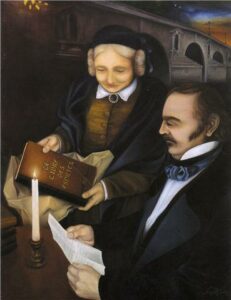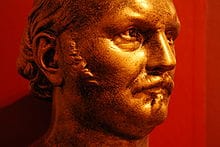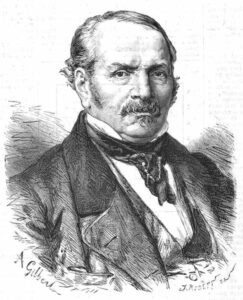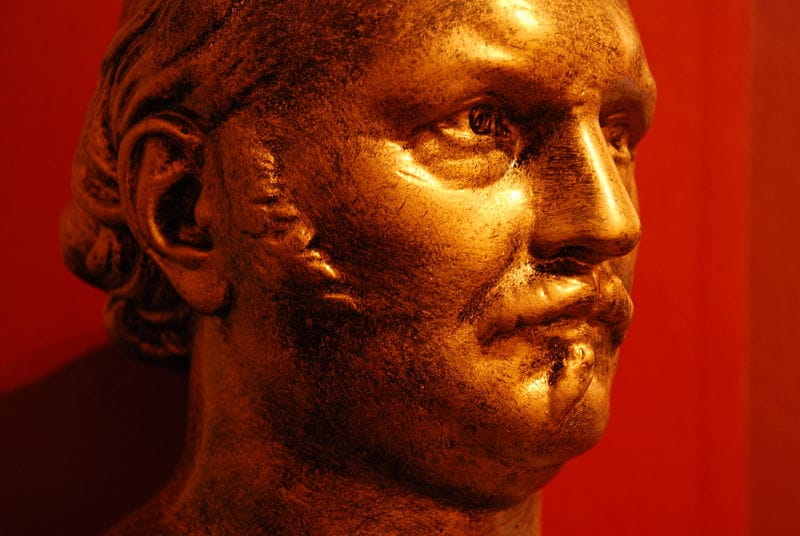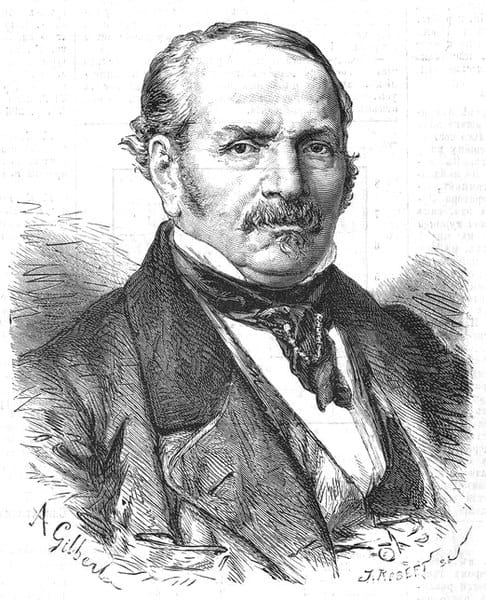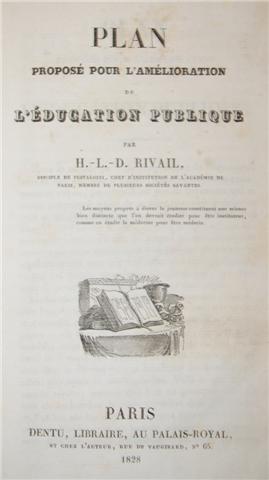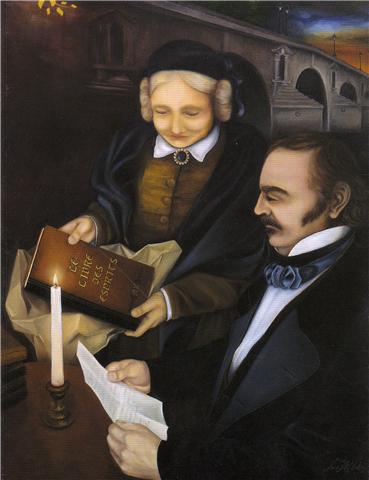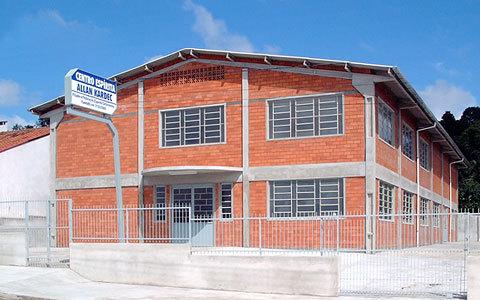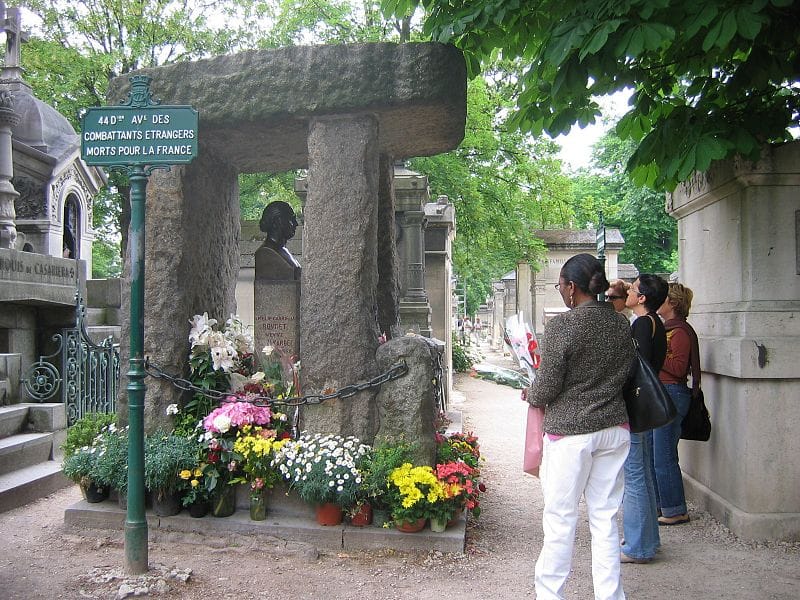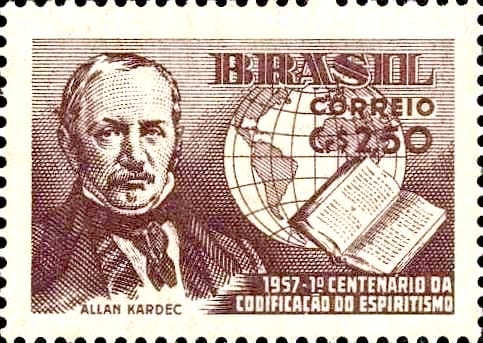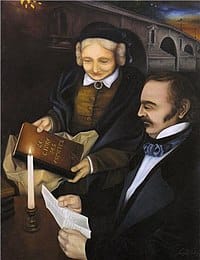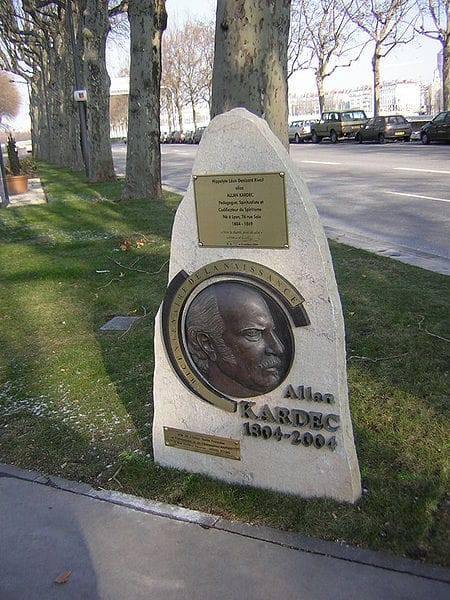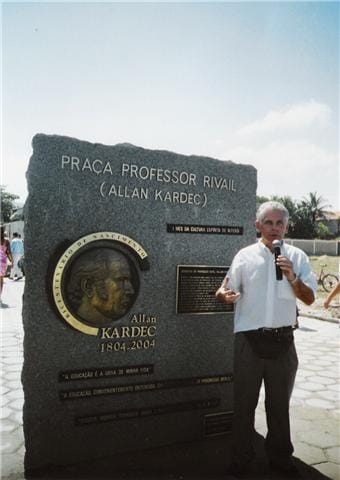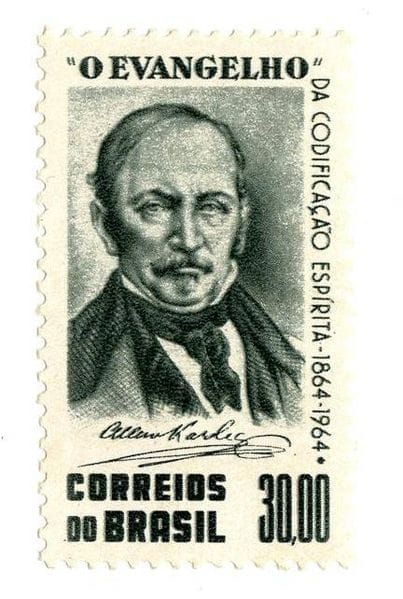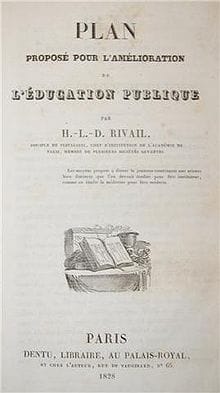Rivail was in his early 50s when he became interested in séances, which were a popular entertainment at the time. Strange phenomena attributed to the action of spirits were considered a novelty, featuring objects that moved or “tapped”, purportedly under the control of ‘spirits’. In some cases, this was alleged to be a type of communication: the supposed spirits answered questions by controlling the movements of objects so as to pick out letters to form words, or simply indicate “yes” or “no”. At the time, Franz Mesmer’s theory of animal magnetism had become popular. When confronted with the phenomena described, some researchers, including Rivail, pointed out that animal magnetism might explain them. Rivail, however, after seeing a demonstration, dismissed animal magnetism as insufficient to explain his observations.
As a result of these influences, Rivail began his own investigation of psychic phenomena, mainly mediumship. During his initial investigation, he stated that before accepting a spiritual or paranormal cause for some phenomena, it would be necessary first to test if ordinary material causes could explain them. He proposed that fraud, hallucination and unconscious mental activity might explain many phenomena regarded as mediumistic, and also proposed that telepathy and clairvoyance may be responsible.
He compiled over one thousand questions concerning the nature and mechanisms of spirit communications, the reasons for human life on earth, and aspects of the spiritual realm. He asked those questions to ten mediums, all purportedly unknown to each other, and documented their responses. From these, he concluded that the best explanation was that personalities that had survived death were the source of at least some mediumistic communications. He became convinced that the mediums:
- provided accurate information unknown to themselves or others present (e.g. personal information about deceased individuals);
- demonstrated unlearned skills such as writing by illiterate mediums, handwriting similar to the alleged communicating personality, and speaking or writing in a language unknown to the medium (xenoglossy and xenography);
- accurately portrayed a range of personality characteristics of deceased individuals.
He compiled the mediums’ responses that were consistent and adapted them into a philosophy that he called Spiritism, which he initially defined as “a science that deals with the nature, origin, and destiny of spirits, and their relation with the corporeal world.”
Rivail wrote under the name “Allan Kardec”, allegedly following the suggestion of a spirit identified as Truth. On 18 April 1857, Rivail (as Allan Kardec) published his first book on Spiritism, The Spirits’ Book, comprising a series of answered questions (502 in the first edition and 1,019 in later editions)[citation needed] exploring matters concerning the nature of spirits, the spirit world, and the relationship between the spirit world and the material world. This was followed by a series of other books, including The Medium’s Book, The Gospel According to Spiritism, Heaven and Hell and The Genesis According to Spiritism, and by a periodical, the Revue Spirite, which Kardec published until his death. Collectively, the books became known as the Spiritist Codification.
Kardec’s research influenced the psychical research of Charles Richet, Camille Flammarion and Gabriel Delanne.
After his death caused by aneurysm, Kardec was buried at the Cimetière du Père Lachaise.




